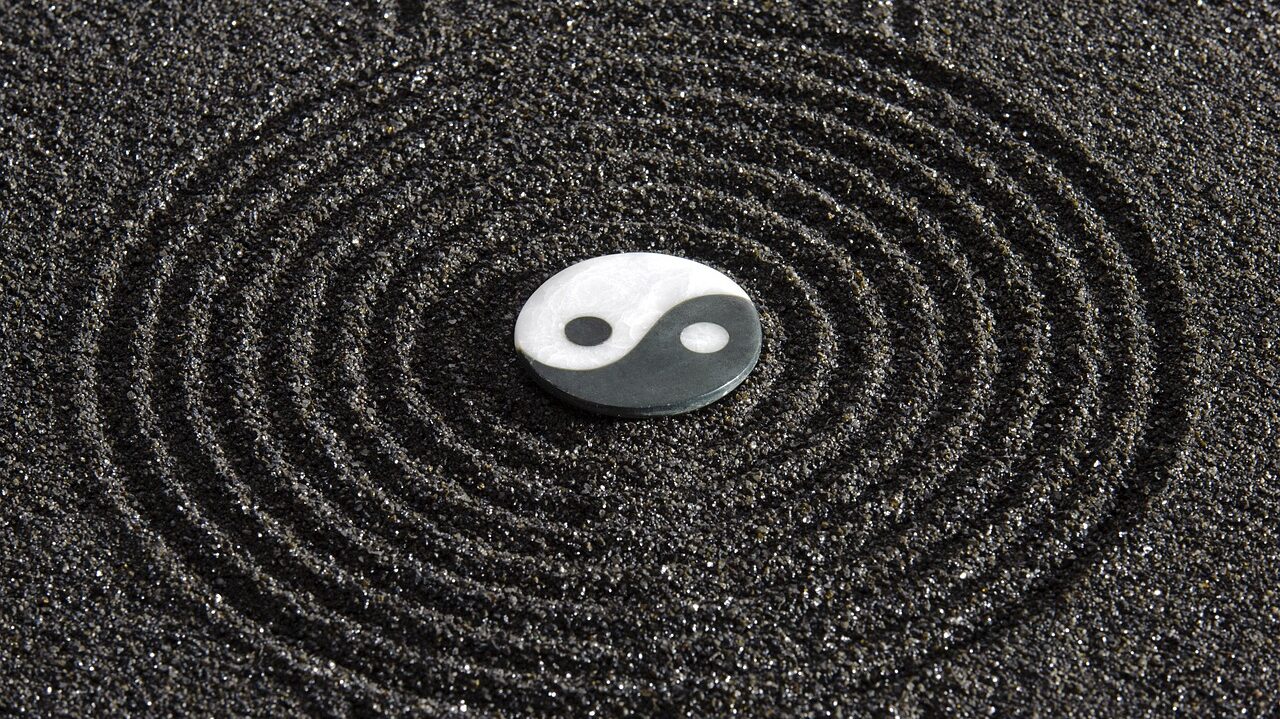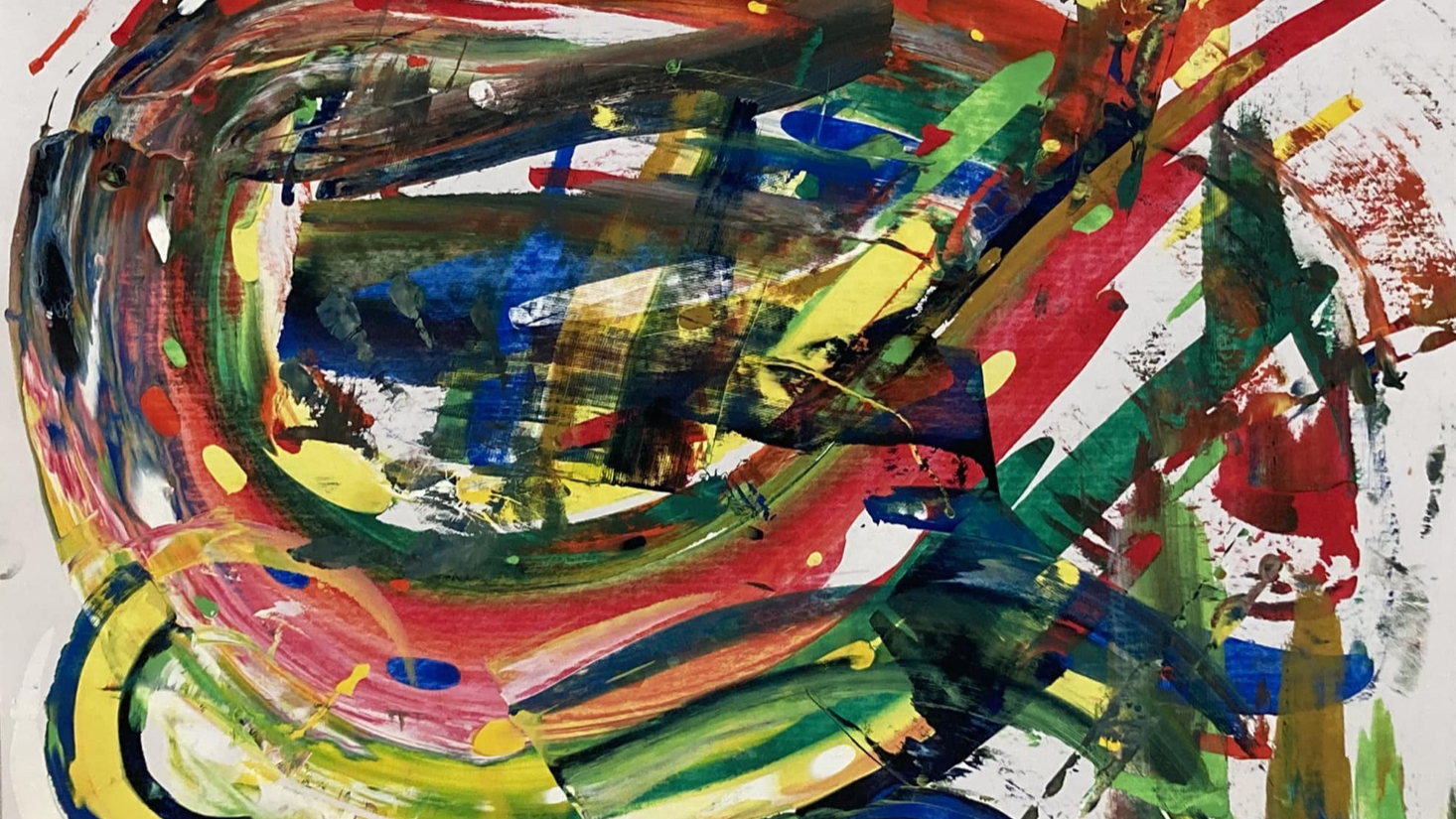“Play” is essential for fostering “creativity”
You can imagine that fostering creativity is not an easy task.
Creativity is the kind of thing that cannot be fostered compulsively, efficiently, in the short term or even by extrinsic motivation.
Creativity is the kind that can be fostered spontaneously, inefficiently, over the long term and through one’s own intrinsic motivation.

So what exactly is needed to foster creativity?
If I had to describe it in one word, I would say that it is “play”.
This is because “play” itself is an activity that inevitably forces creativity.
So what exactly is “play”?
How would we define “play”?
The French sociologist Roger Caillou, in his work “Play and Man”, clearly defines what play is for humans. He classifies play into four categories: competition, chance, simulation and vertigo. He further defines “play” as fulfilling the following six components.
- Free activity
Players are not forced to do so. - Isolated activity
Being restricted to a pre-determined and definite space and time. - Undetermined activity
The development of the game has not been decided or the outcome has not been determined ahead of time. - Unproductive activity
Not creating property, wealth or new elements of any kind. - Activity with rules
An activity that follows rules. - Fictional activity
Being a secondary reality, i.e. unreal, compared to everyday life.
In above, I wrote: ‘’Play itself is an activity that inevitably forces us to exercise our creativity.” This may make sense if we consider that ‘play’ is something that fulfils the above definition.
“Play” is “re-creation”
I have so far written about the definition of “play” which fosters creativity, but when I translate the word “play(asobu * in Japanese)” into English, we find something new. It is a basic premise that there are multiple English translations for the word “play”, one of which is “recreation’” This word can be broken down into two parts. It can be broken down into “re” and “creation”, meaning “again” and “to create” respectively.
In other words, “play” can also be described as “re-creation”.
“Play” is essential for fostering creativity, and “play” is, in other words, “re-creation”.
This shows the close relationship between “creation” and “play”.
“Execution” within the game model and “creativity” outside the game model
Let us return to the game model.
As mentioned above, creativity is not basically required of players in the game model, but what is required of them is the ability to carry out play in accordance with the game model. This is because there should already be a game model within the team, which has been meticulously created to enable team members to play rationally and efficiently.
Imagine a player who, to the extent that the game model works, completely ignores the game model and plays with the full extent of his creativity.
The player’s behaviour would probably appear selfish and quite ridiculous in your eyes.
Outside the scope of the game model, then, creativity is required of the player. Situations not envisaged by the game model can often occur during a game. When situations beyond the scope of the game model occur, it is not enough to play according to the game model to solve them.
In fact, it can even be harmful. It is necessary to play with the creativity that comes from within the individual player. Creativity fostered by play is essential.

“The Game Model” and “Creativity”
I think that having written the article so far, I have a much clearer picture of what Mr Velasco is thinking. I would like to excerpt from his interview once more and get to the heart of what he is about.
Interviewer: Which do you prefer, that the system solves the problem or that the talent solves the problem?
Julio Velasco: Who?
Interviewer: you. As a team leader.
Julio Velasco: For myself? Both. I urge my players to be creative when the system (game model) cannot solve a situation.
I believe that the latter part of the interview above goes to the heart of Mr Velasco’s thinking.
He tries to solve every possible situation that can occur in the game by means of a system, in this case the game model. At the same time, he does not believe that the game model solves everything in every situation.
He accepts as a basic premise that situations can occur in games that cannot be dealt with by the game model, and that in situations that cannot be dealt with by the game model, it is essential for each player to solve the problem (i.e. get closer to winning) by exercising his or her own creativity. This is a very important point.

Velasco does not believe that the game model is a panacea or that creativity is everything. He recognises that both the game model and creativity are prerequisites for winning, the two wheels of victory.
He has created many legendary teams that have gone down in world volleyball history.
He must have built a game model that is optimised for the team, taking into account every environment, including the national character, culture and player characteristics of the team.
He must also have always provided an environment for “play” in order to draw out and foster the creativity of the players.
Julio Velasco is the best artist who is able to nurture a balance between “game model” and “creativity”.



